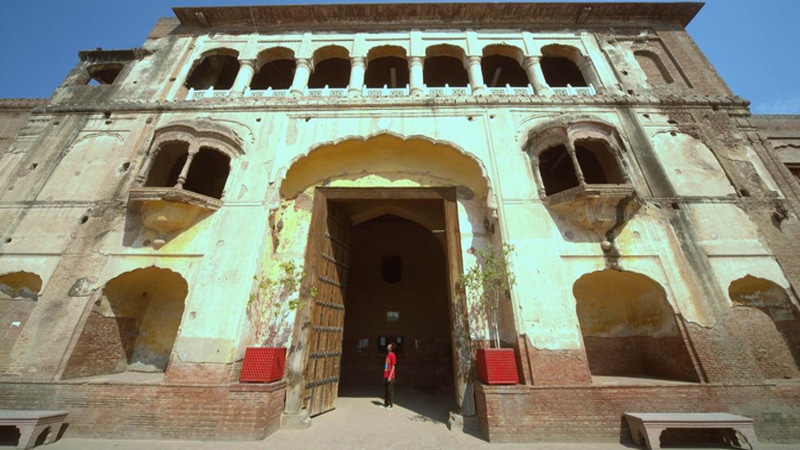Lahore is known for its rich heritage and culture and no doubt that it has been an adored seat of power and the heart of many writers, painters and poets. The walled city of Lahore was once the hub of all the laureates and nobles and I can imagine the grandeur of this city at that time while roaming around in its narrow winding twisting streets. As you will pass by the antique streets of this city, clustered with people and houses, you will see huge mansions and heritage houses. These were the havelis of old times and few of them still exist today. The interesting fact is that there are people living in most of the havelis till now whereas a few have been abandoned and closed due to the conflict of ownership or derelict conditions. Once this city was loaded with havelis as the nobles resided there and Hindus and Sikhs built huge mansions, but with the passage of time many got looted and burnt and many were turned into commercial markets by demolishing the original structures.
Before coming to the details of the havelis, let me brief you on the meaning of this interesting word ‘Haveli’. It is a mansion with historical and architectural significance and the word is derived from Arabic ‘Havali’ and Persian ‘hawli’, meaning “a huge enclosed place.”
We cannot say that when exactly the concept of constructing havelis originated but this concept goes back to the primitive times and many Havelis of the sub continent were influenced by Islamic, Persian, Turkish, Sikh and Hindu architecture. The structure or building of a haveli usually has a courtyard, a fountain in the centre, huge rooms and kitchens, balconies, verandas and alley like running galleries. We do not see the concept of attached bath in havelis and that was due to the cleanliness and hygiene purposes. Separate areas for prayer rooms are seen along with huge basements in the old havelis. In Lahore we see these structures inside walled city and other old areas of Lahore like Mughalpura, Dharampura, Icchra etc. but very few are seen.
Today let me take you to a brief journey of the few havelis inside the Walled City of Lahore. The Havelis here are mostly of the Sikh and Hindu era as according to historic references during the British rule, while the reconstruction and uplifting of the city was in process much of the Mughal architecture was damaged and later on some met ill fate because of severe floods. It is recorded that the Sikhs rebuilt the Havelis with their own designs while adopting certain features of the Mughal architecture.
Let us start from Delhi Gate and the havelis existing here are Haveli Alif Shah, Haveli Dina Nath, Haveli Baij Nath, and Haveli Mian Sultan. Haveli Alif Shah is located near the street of Surjan Singh and it is more than 300 years old known for leading the main processions in the month of Muharram. Haveli Dina Nath inside Phoolan wali gali was of the finance minister of Maharaja Ranjeet Singh, Diwan Dina Nath and till now this haveli is well intact. Opposite to it is the haveli of Baij Nath another Sikh courtier and it is said that Sir Ganga Ram had also stayed in this haveli. Near Chita Gate we see the magnificent Haveli of Mian Sultan, the famous contractor of British Era. All the havelis inside Delhi Gate are residential properties now and were allotted to different Muslim families after partition. You will be amazed to know that in one haveli more than ten families are residing.


